7 Easter Colors and Their Meanings
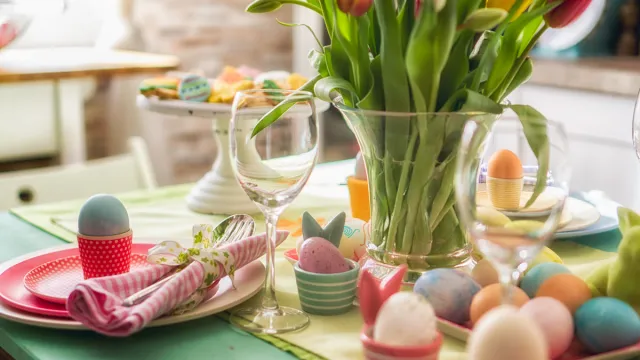
The Easter season is one of the best times to have fun with color—it’s when drab winter wardrobes change over to bright spring ones, vibrant flowers come into bloom, and the yellow sun returns to its rightful place in the sky. All of that might have you thinking about the most popular Easter colors, especially since part of the Christian holiday revolves around decorating eggs—and our homes and tablescapes—in various shades of pastel.
On Easter weekend itself, you’re bound to encounter lots of spring tones—colors like pink, green, yellow, and purple. And if you go to church on Easter Sunday or in the weeks that precede it, you’ll see a whole different set of colors that are imbued with religious symbolism. According to the experts, the tradition actually started all the way back in 1198 when Pope Innocent III wrote the treatise, “The Mystery of the Sacred Altar.”
To learn more about each set of hues, keep reading to learn the different colors of Easter, including the history of their association with the holiday and what they each signify.
RELATED: 13 Easter Bunny Facts You Didn’t Know.
The True Meaning Behind All the Easter Colors
1. Yellow or Gold
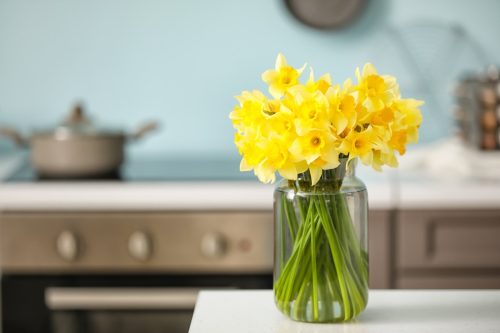
You’re extremely likely to encounter the colors yellow and gold on Easter. Traditionally, the colors represent sunshine and happiness, both of which are heavily associated with Easter celebrations and the spring season. Many families decorate their homes for the holiday with yellow flowers—think tulips, daisies, and daffodils. It’s also the color of baby chicks and a popular hue for dyed Easter eggs.
Gold also has religious significance. “In Christianity, it illuminates the celebration of Jesus’s resurrection, symbolizing victory, divinity, and the promise of eternal life,” says Tiffany McGee, a spirituality expert and co-founder of the educational resource Bible Scripture.
Expect to see churches decked out in the color on Easter Sunday. (Note that some churches use white instead.)
2. Purple or Violet
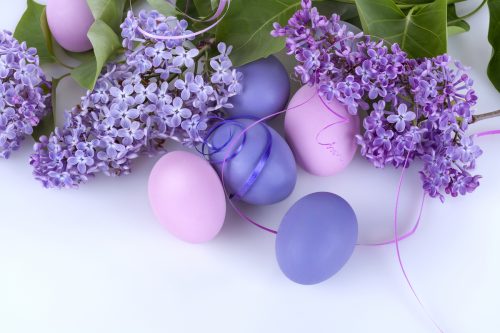
Purple is a popular hue you’ll see on colored Easter eggs and revelers’ outfits on the holiday. It also has meaning in the Christian faith.
“Traditionally, purple or violet is considered a color of penitence and fasting,” says McGee. “Therefore, this color is prominently featured during Lent, the 40-day period leading up to Easter.”
Christians typically fast on a few days during Lent, including Ash Wednesday and Good Friday; they also avoid eating meat on each Friday of Lent.
In religious contexts, as well as more generally, purple represents royalty. “It symbolizes the royalty of Jesus Christ and his sovereignty as the King of Heaven, as well as the suffering and penance leading up to his resurrection,” McGee explains.
3. White
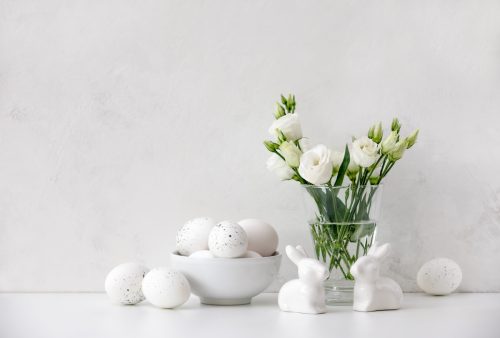
Churches are often decked out in white on Easter Sunday. (It’s sometimes alongside the color gold, but not always.) White also plays a big part in Easter decorations, since it easily matches the pretty pastels associated with the holiday.
“White in religion is synonymous with purity, light, and victory,” says McGee. “Churches often use this color during Easter to represent the resurrection of Jesus Christ and the joy of salvation—it reflects the new life and hope that Easter brings.”
4. Pink
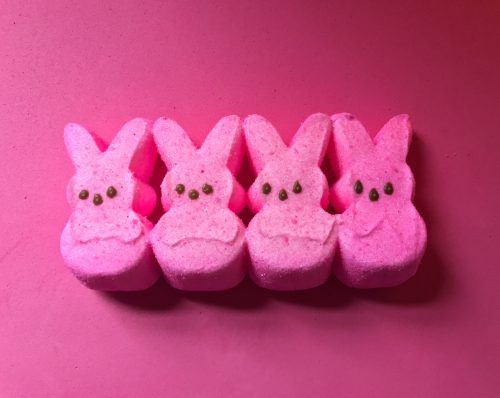
Does any color feel more spring-like than pink? You’ll spot this Easter color in all sorts of seasonal bouquets. However, it also has symbolism for Christians during Lent.
“Pink or rose is used on the fourth Sunday of Lent, known as Laetare Sunday,” explains McGee. “It represents a day of joy and signals that Easter’s celebration is drawing near—in general, pink captures the essence of joy and anticipation.”
We also love it on dyed Easter eggs, Peeps, and sugar cookies, of course.
5. Green
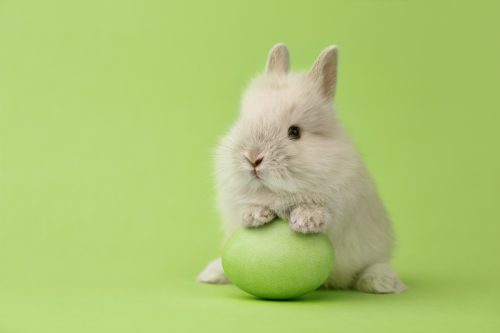
Green is another springtime color—since the season is when you’ll start seeing blades of grass and fresh green leaves on trees.
“Green represents growth, life, and hope, associated with Ordinary Time, the period after Easter,” says McGee. “Moreover, this color symbolizes the growth of the church and the faithful in their spiritual journey.”
Use it in your Easter decor for a fun pop of color.
6. Red
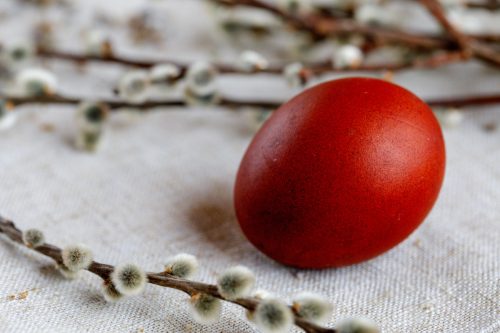
You might not see bold reds in many Easter tablescapes, but the color is important during the Easter season for religious reasons.
“Red is the color of Palm Sunday, which marks the triumphant entry of Jesus into Jerusalem,” McGee explains. “This color signifies the passion, blood, and sacrifice of Jesus Christ for humanity’s salvation—it’s a powerful reminder of the love and suffering that precede Easter’s joy.”
On Palm Sunday, you’ll see it all over the church.
7. Black
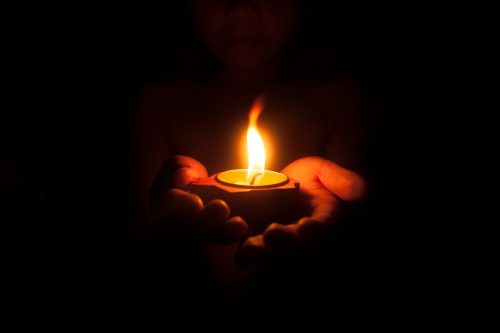
Again, you probably won’t see any black-colored Easter eggs or spring wreaths. However, the color has its Easter associations.
“Black is solemnly used on Good Friday, a day of mourning and remembrance of Jesus’s crucifixion,” says McGee. “In Christianity, the black color represents the despair, death, and sin that Jesus overcame, and the solemn sacrifice he made.”
RELATED: 24 Easter Crafts the Whole Family Will Love.
What Are the “Top Four” Colors of Easter?

There are a few Easter colors that stand out for their religious significance. While they might not be the hues you most associate with Easter decor, they’re the ones Christianity recognizes as most important.
Purple (Lent): Purple is the primary color of Lent, the 40-day period of preparation that takes place before Easter. That makes it one of the most important colors of Easter. You’ll likely see this hue throughout the church and on some Easter decorations.
Red (Palm Sunday): Church banners will be red on Palm Sunday, the week before Easter Sunday. It signifies blood and sacrifice.
Black (Good Friday): Good Friday is a day of mourning, and so black is closely associated with it. However, you’re unlikely to spot many black Easter decorations.
Gold (Easter Day): Finally, Easter Sunday is symbolized with victorious gold. “The color mirrors the glorious dawn of the resurrection and the fulfillment of God’s promise,” says McGee.
What Colors Do People Usually Wear On Easter?
On Easter, people will typically break out their spring best. Expect to see floral frocks and pastel pieces in a rainbow of colors. Many of the colors worn on Easter don’t have much symbolism beyond celebrating the start of the spring season, which brings with it lots of colors that we typically abandon in the colder months.
RELATED: The 17 Best Easter Movies to Watch on Easter Sunday.
Why Are Pastels Associated With Easter?
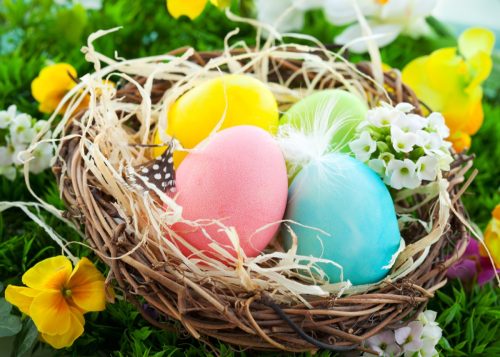
From clothing to decor, pastels are everywhere during the Easter season—but it wasn’t always that way.
“Pastels, while not used in the liturgical tradition of the Church, entered popular use largely due to the connection between Easter and the arrival of spring,” says Ashley Lenz, an expert at the prayer app Hallow. “Since Easter is the celebration of the new life that Christ brings us after death, symbols of life returning to earth after the dark days of winter are often used.”
The colors have a link to nature, too. “Pastel blues, pinks, and greens are reminiscent of flowers and buds springing from the earth during this time of year, much like Christ rises from the tomb on Easter Sunday,” she says.
Conclusion
There are several colors associated with the Easter holiday, whether they have a religious significance or a cultural one. From bright violets, reds, and golds to muted pastels, these colors help celebrate the Easter season. For more fun facts, visit Best Life again soon.